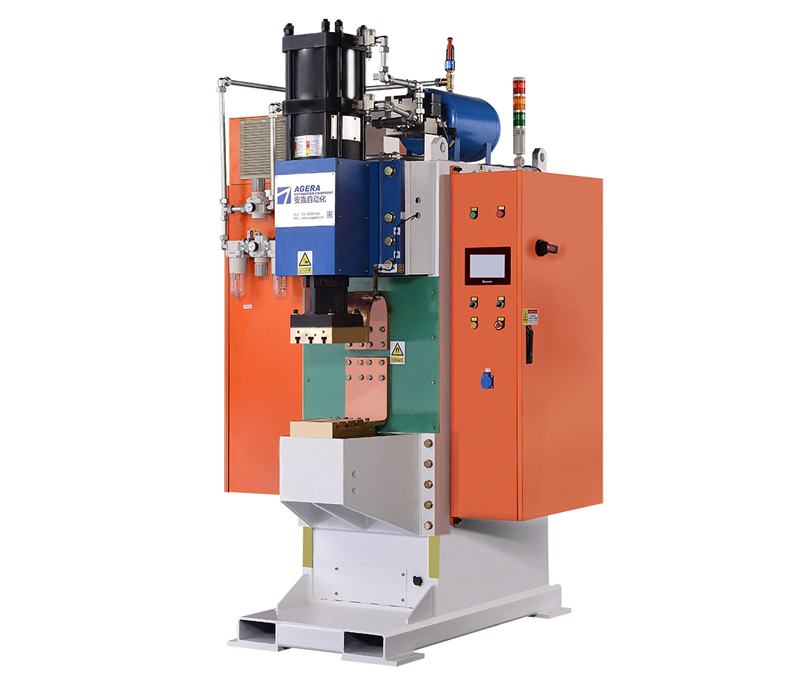Introduction to Routine Maintenance of Capacitor Energy Spot Welding Machines
Capacitor energy spot welding machines are essential tools in various industries, providing precise and efficient spot welding for a wide range of applications. To ensure the longevity and optimal performance of these machines, regular maintenance is crucial. In this guide, we will walk you through the essential steps for the routine maintenance of capacitor energy spot welding machines.
1. Cleaning
Proper cleaning is the foundation of maintenance. Start by turning off the power and allowing the machine to cool down. Use a soft, dry cloth to remove dust, dirt, and debris from the machine’s exterior. Pay special attention to the electrode tips and their surrounding areas, as these are critical for welding quality.
2. Electrode Inspection
Inspect the electrodes for signs of wear, damage, or contamination. Worn or damaged electrodes should be replaced to ensure consistent welding performance. Clean electrodes with a suitable solvent to remove any residue or contaminants.
3. Cooling System
The cooling system is vital for preventing overheating during prolonged welding operations. Check the coolant level and the condition of the cooling system. Make sure there are no leaks, and the coolant is clean and free of impurities. Refill or replace the coolant as needed.
4. Electrical Connections
Examine all electrical connections, including cables, wires, and terminals. Loose or corroded connections can lead to poor weld quality and even electrical hazards. Tighten any loose connections and clean any corrosion.
5. Control Panel
Inspect the control panel for any abnormalities. Ensure that buttons, switches, and displays are working correctly. Replace or repair any faulty components to maintain precise control of the welding process.
6. Safety Measures
Review the safety features of the machine, such as emergency stop buttons and safety interlocks. Test these features to ensure they function as intended, helping to protect both operators and the equipment.
7. Lubrication
Some capacitor energy spot welding machines have moving parts that require lubrication. Check the manufacturer’s recommendations for lubrication points and intervals, and apply the appropriate lubricants as needed.
8. Calibration
Periodically calibrate the machine to ensure that it delivers consistent and accurate welding results. Follow the manufacturer’s guidelines for calibration procedures.
9. Documentation
Maintain thorough records of all maintenance activities, including cleaning, inspections, and replacements. This documentation can help you track the machine’s performance over time and identify any recurring issues.
By following these routine maintenance steps, you can extend the lifespan of your capacitor energy spot welding machine and ensure that it continues to provide high-quality spot welds for your applications. Regular maintenance not only improves the machine’s performance but also enhances safety in the workplace.
Remember to consult the manufacturer’s maintenance manual for specific guidelines and recommendations tailored to your machine’s model.
